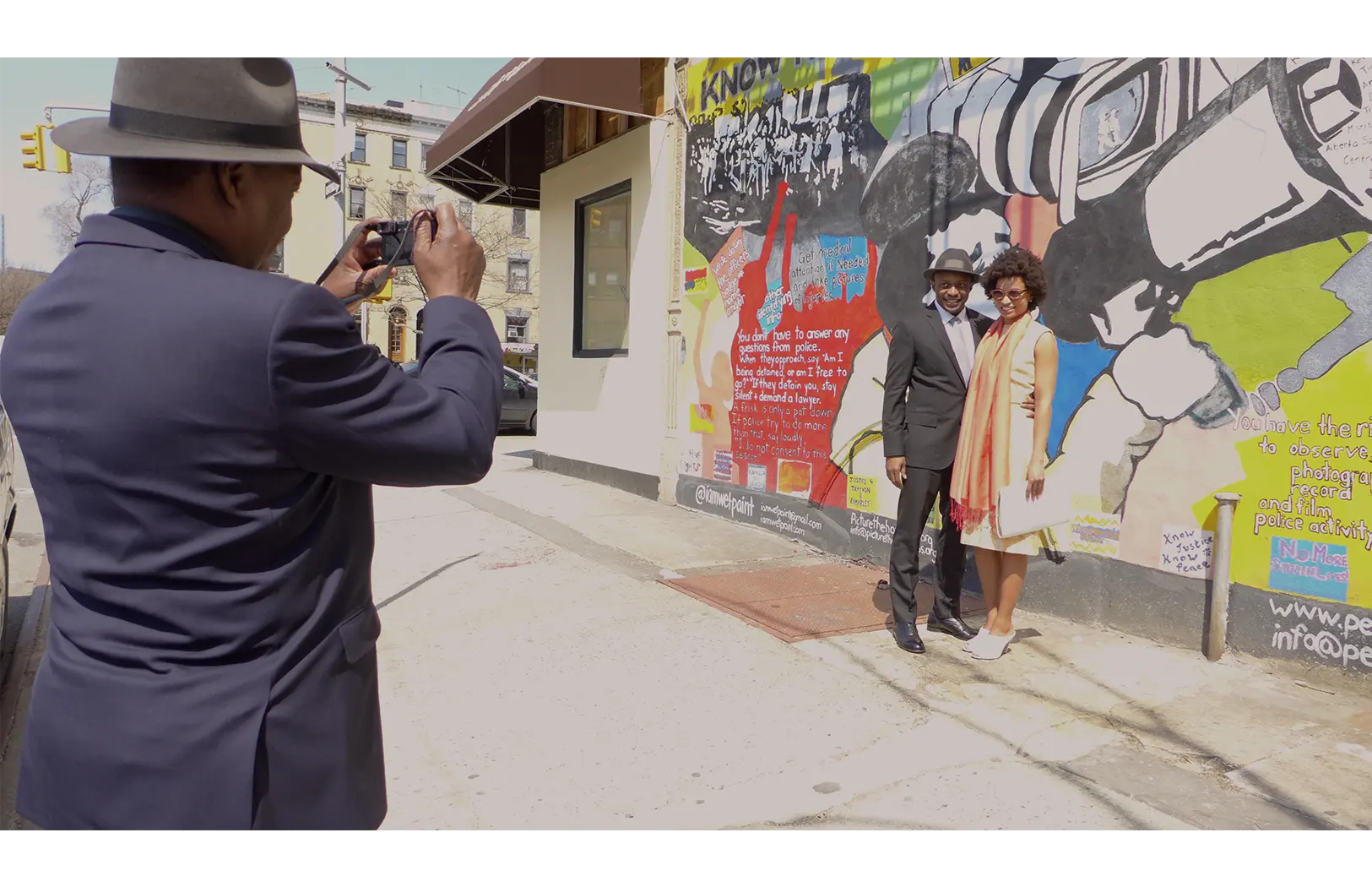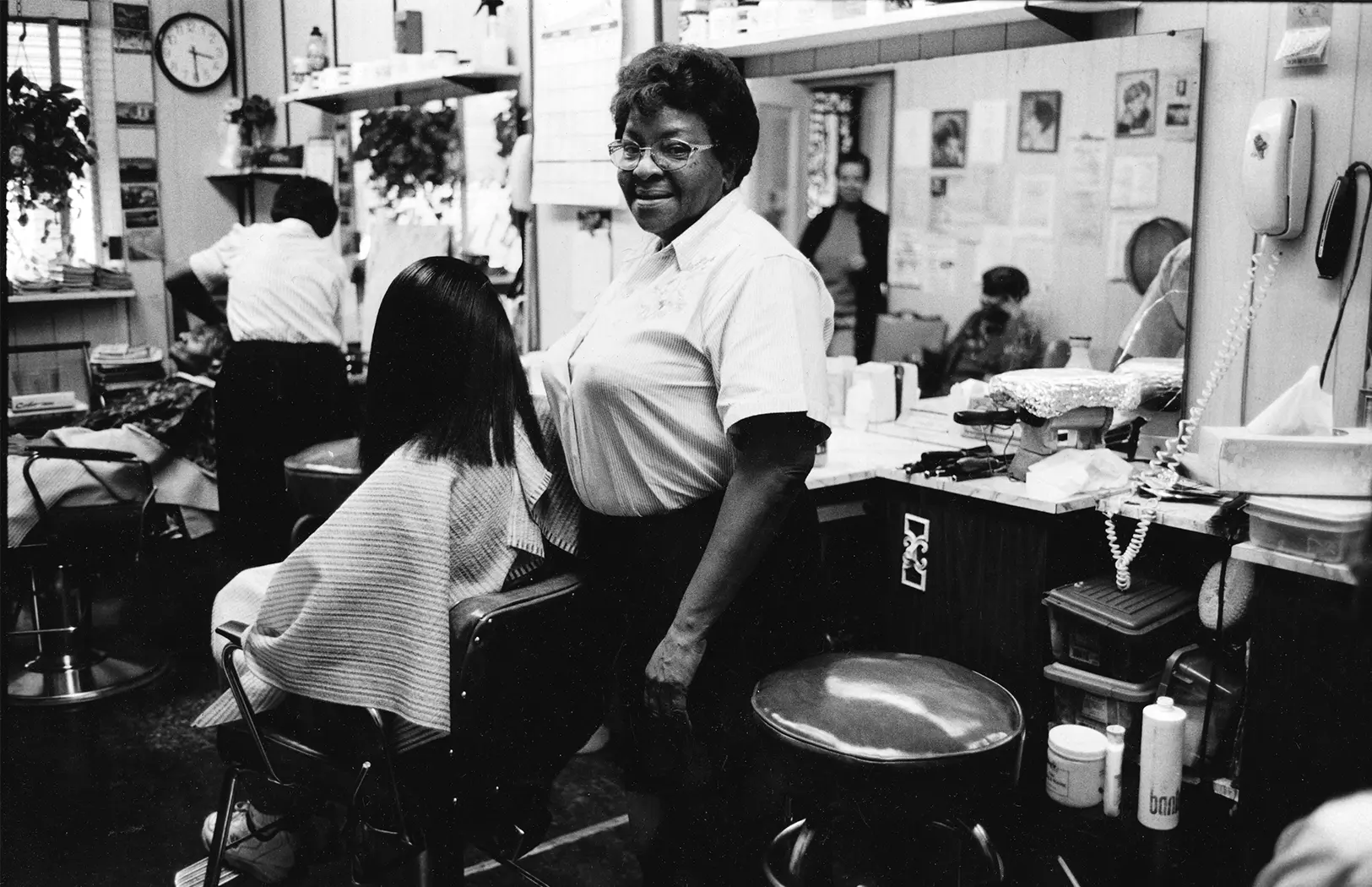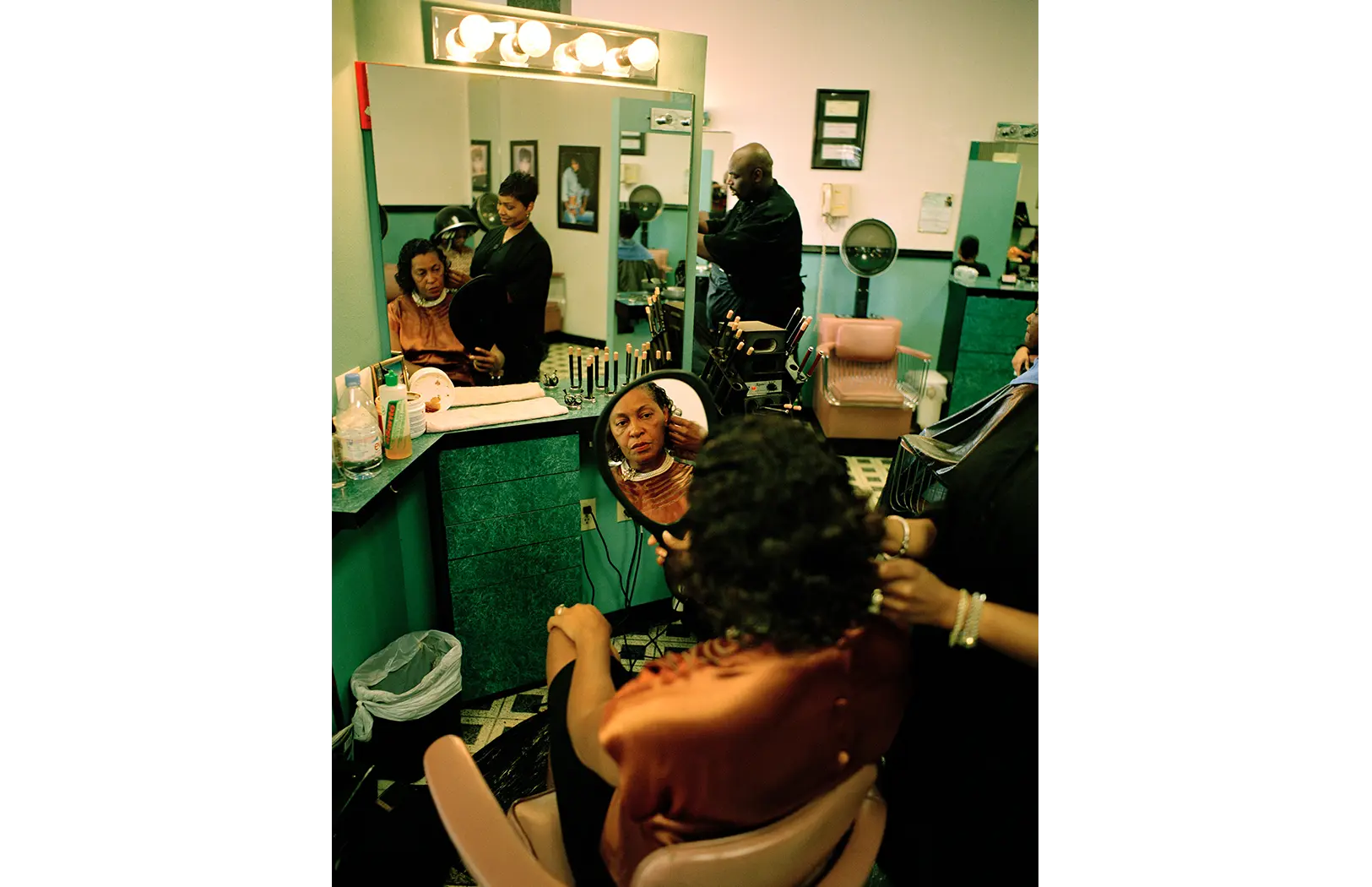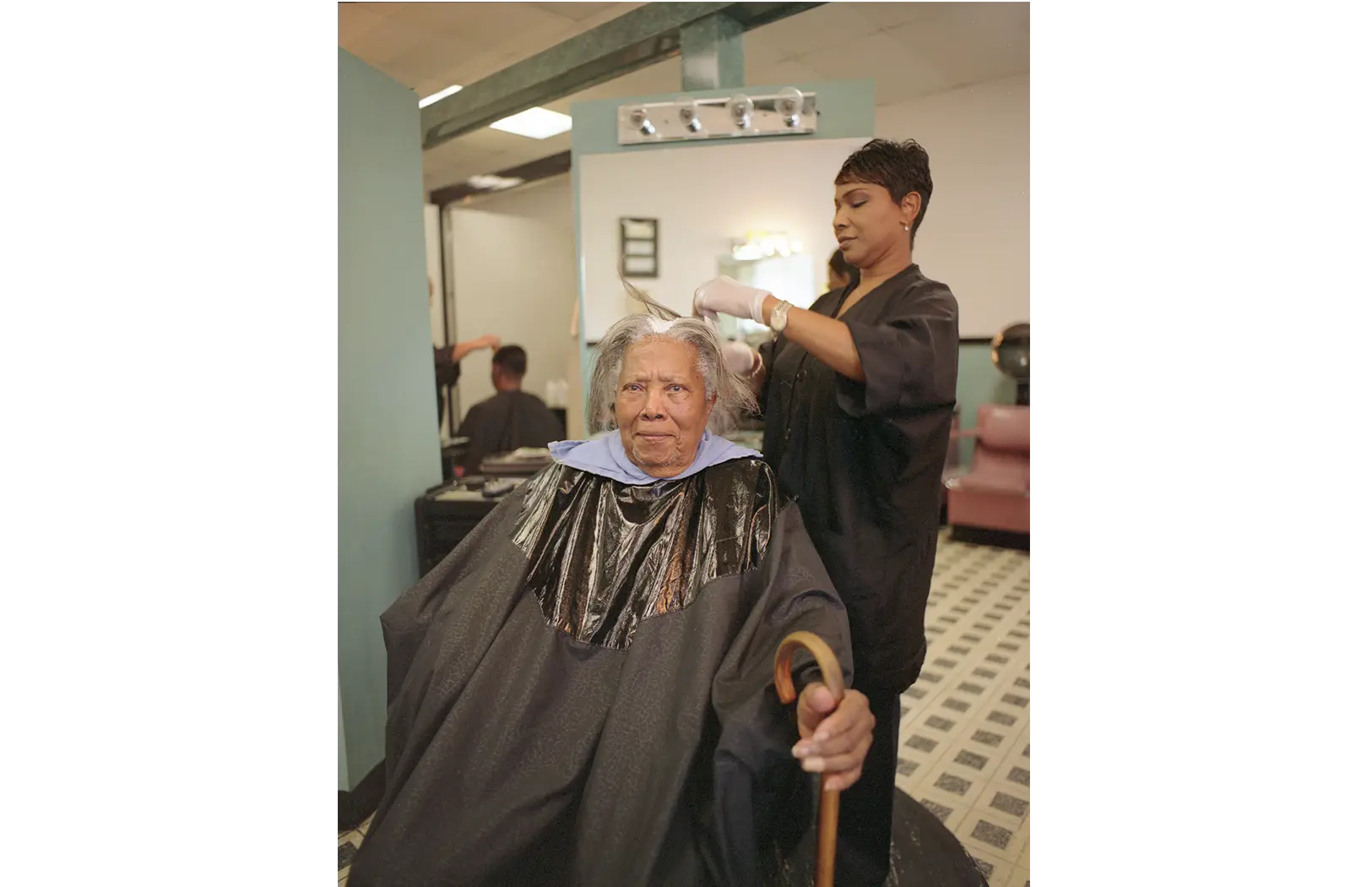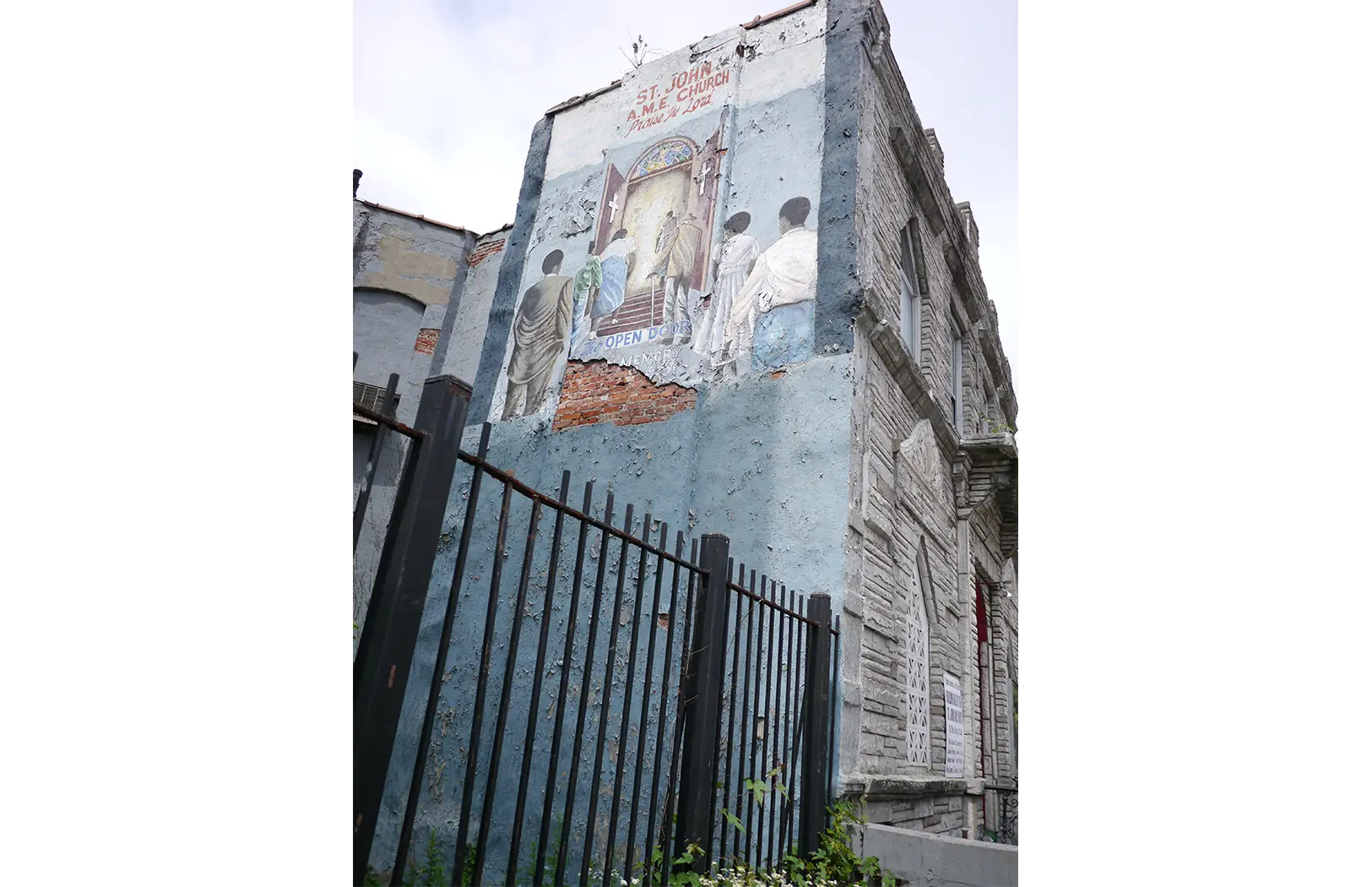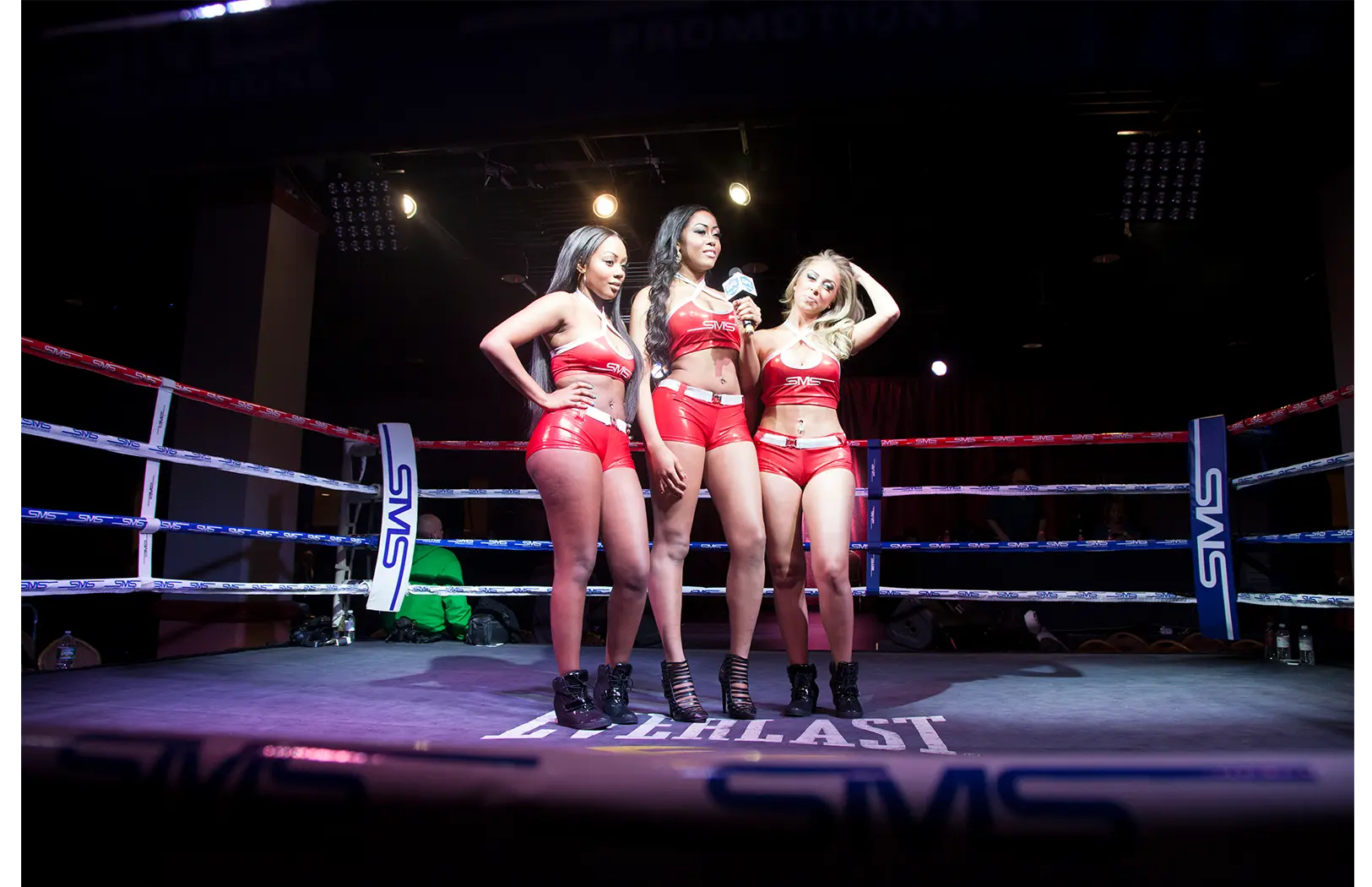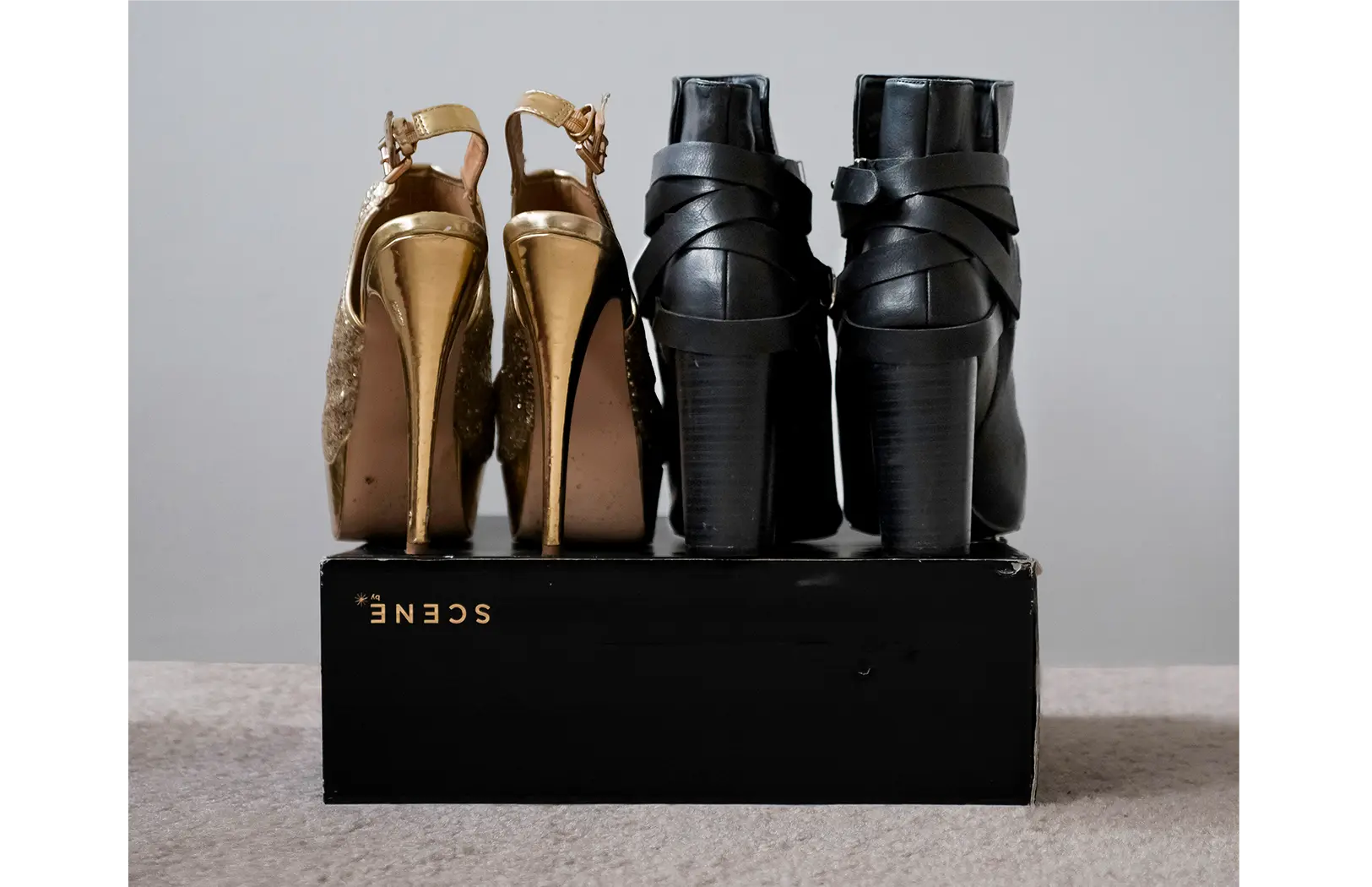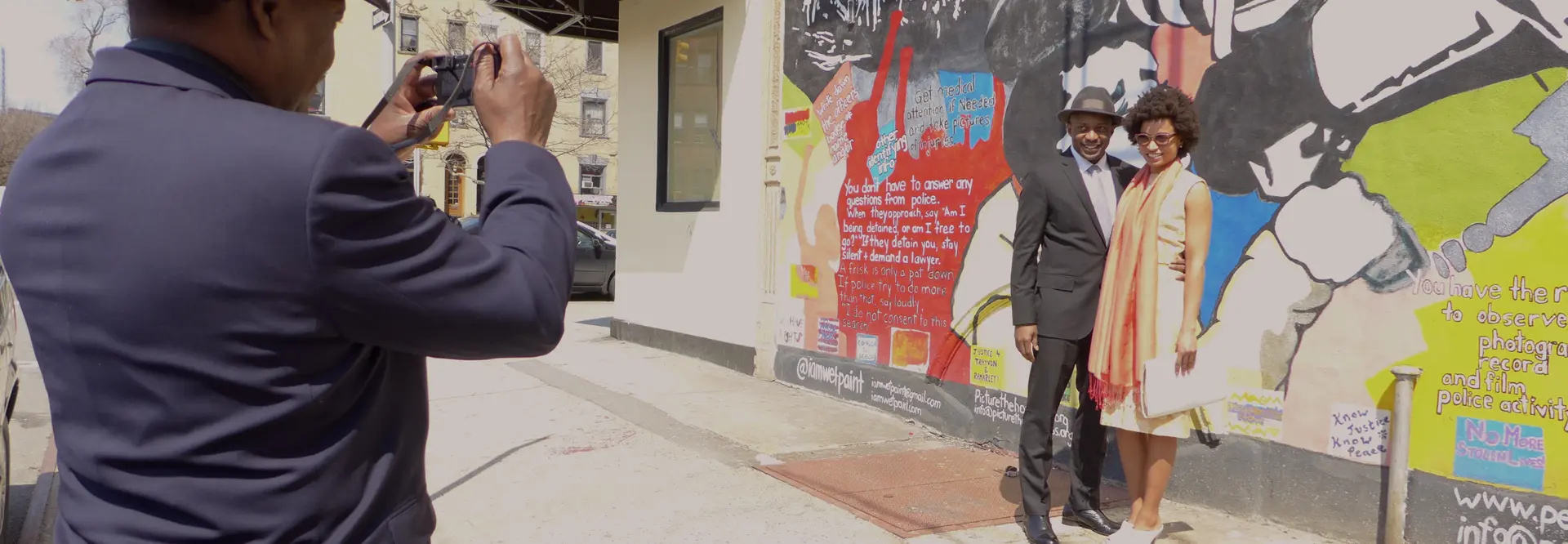
Her Legacy
Deborah Willis
Educator, author, curator, and photographer Deborah Willis explains what photography means to her. Read her story below.
1. What drives your commitment to the art of photography?
Photographing friends, family members, and familial objects are transformative acts, and one may hope instills a sense of joy and purpose. I always believed that memories (pleasant and difficult) are preserved through the family photographs, and those memories resonate to viewers and keepers of the family. The photograph for me is an object of memory and explores the value of self in documenting everyday life. As a photographer, educator and curator, I have used photography to visualize stories about the everyday and in the past asked students and artists to use the photograph in a narrative form to explore their personal memories. When I became aware of the photograph as an important storytelling device, I was a young girl growing up in North Philadelphia. My father was the family photographer and his cousin owned a studio near our house. My mom and sisters were often photographed by both of them and later, I spent many hours placing photographs in the family album. I spent hours watching television, looking at books and magazine, as a young girl, as many as I was allowed between chores and homework and found myself imagining how different our lives were from the published and televised images. Our family had black dolls and images of black life hanging on our walls and/or placed on the mantel. The images I found did not, except for one book, Langston Hughes and Roy DeCarava’s The Sweetflypaper of Life. As I grew older, I often read visually the picture books and picture magazines in our home.
2. What are some of the challenges you’ve encountered in the world of photography, and how did you approach these issues?
I began teaching photography in my late teens in North Philadelphia. I later moved to Brooklyn and worked for the Neighborhood Youth Corps Photography program in Ocean Hill-Brownsville. It was the summer of 1969, and my first year in New York City as a young photographer. I entered Brooklyn as a young black woman sporting an Afro, ready to photograph and teach in the neighborhood, hoping to change the visualization of black neighborhoods. Wide-eyed on a mission and naïve about the politics of the community leaders, I found myself in the midst of the decentralization of the public school system, political uprisings and the aftermath of the 1968 riots. I was excited about the possibilities of photography. But, attempting to devise a lesson plan was not an easy task while political issues were in the forefront of the neighborhood town meetings and weekly staff meetings. But, what I remember most about that experience was going to the Metropolitan Museum of Art to view the exhibition "Harlem on My Mind", and the young children on the streets of Harlem and Brooklyn saying “Hey Miss, Take My Picture.” I often complied with my 35mm Minolta with a quick click of the shutter. I was gifted a Leica M2 later and continued to make photographs.
As I attempted to enter my students’ lives through photography and my daily lesson plans, I found it difficult to reach the parents who often resisted my “college student” gaze into their community. I wanted the students to photograph in their homes, playgrounds, neighborhood stores, churches, and on the “famous” brownstone stoops. They wanted to photograph each other posing and or styling for the camera! Their parents wanted them to only photograph the “positive” images in the community. The struggle was an on-going daily process for the first four weeks. After a month of teaching darkroom techniques, I found it important for them to learn how to listen to them and talk about what they experienced while photographing, and I asked them to keep a diary and to write about the photographs they printed and as well as the pleasures and difficulties in making photographs. What I learned from this experience was that these young people had a voice and understood how to deconstruct their home life in provocative ways. They knew joy, sorrow, and loss. They talked about large families, grandmothers and fathers, mothers and fathers, big brothers and sisters, and the babies in their families. By looking at their photographs and talking about making them, they began to realize that their lives had importance and their photographs illustrated that their community was broader than what was depicted in the daily press, which was often of crime, welfare and the struggle for equal education.
When I attended the Philadelphia College of Art in 1972 to study photography and obtain a BFA, there were only three other women, one is New York-based photographer Hope Sandrow and two black women in the photography program and 18 men, one from Kuwait. During the first weeks of class I was confronted with a white male professor who informed me that I was a female student "taking up a good man's space; and all I would do is get pregnant, have a baby when a good man could have been in your seat.” It was the first time that I encountered sexism and racism so overtly. I was stunned by his words and his insensitivity to me as I sat in the class believing that I was one of a group of new photographers who were about to change the world because we were in art school. I became cautious of his critiques and lack of interest in my work. However, I did received support from women professors and teaching artists who encouraged me to create work that focused on my own interests. I spent my graduate student years there confronting misogyny and focused on making photographs while compiling and collecting information on the careers of black photographers because there were none in photo history books at that time. I was determined to write a book that would open up a new history of photography.
3. What is a piece of advice offered to you, related to photography, that has been most valuable to you?
My photography history professor at the time was noted curator Anne Tucker. She advised me to look at images and ask questions about the text available at the time. If I felt something was missing, research, research, research, and add to the existing text. Gordon Parks in the 1990s encouraged me to make photographs as I researched. He reminded me that I had an obligation to continue to make photographs while writing and researching.
4. Of all the publications or projects you have worked on, which one left an indelible impression on your current point of view?
Most of my published works offer new interpretations of the treasured photographic histories most of us read in art school or we find in the bookstore or on Amazon. This is a complex question, but one I think I can answer easily. Of all of my publications one that I researched extensively for a long period of time is Posing Beauty in African American Culture from the 1890s to the Present.
Researching the concept of beauty through the photographic image was daunting because I wanted to uncover new ways in which to discuss how images of black life that focused on joy were often overlooked by curators and publishers. In my research, I have come to believe that the photograph is pervasive and influential in contemporary culture. As a black woman photographer and educator, I, too, grapple with ongoing oppression associated with images of black women. Central to my work is a constant critique that focuses on how the perception of the black female body affects how we all see and interpret the world. I consider the notion of beauty for the book; how it is perceived, what it meant in the nineteenth century; how best to describe it today given the number of images in print, on YouTube, and videos, on television and film. Given the historical impact of the photographs in the book, which both embraces and rejects the framing of beauty, I hoped that others would see the book as a dialogue for imagining Toni Morrison’s revelation that “Beauty was not simply something to behold; it was something one could do.” Reading Toni Morrison has always been an inspiration for me as I look through my camera.
5. How has photography affected your personal life and professional career?
My personal experience with photography has many dimensions. In photographing women, from artists to bodybuilders, to ring girls to beauty shop workers, I found a way of entering their spaces and commenting on issues that I believe helped to shape my interest in imagining a story about desire. My career has been divided into two distinct areas—studio art and photo history. My academic writing has addressed critical questions in the broad areas of photographic history, visual culture and material culture. Within these fields, I have consistently focused my research on themes such as body politics, race and gender, black photographers and imaging visual culture through advertising and media. Also having the opportunity to explore photography by working closing with my son Hank Willis Thomas has been pure joy as we found ways in which to try to understand how we think about life and approach art, history, and culture that inform our practice which we declare is in the fundamental way of living through LOVE. His art focuses on Love Over Rules.
6. Who are some of the photographers (deceased or living) that inspire your perspective and approach to photography? Why?
I am many inspired by many photographers and artists who documented, questioned, and reinterpreted the events of their time. They include:
Gordon Parks, Bruce Davidson, Hank Willis Thomas, Carrie Mae Weems, Lorna Simpson, Deana Lawson, Sheila Pree Bright, Adama Delphine Fawundu, Allison Janae Hamilton, Tyler Mitchell, Moneta Sleet, Jr., Jamal Shabazz, Marc Ferrez, Miriam Romais, Susan kae Grant, Eudora Welty, Jeanne Moutoussamy-Ashe, Ruddy Roye, Jack Franklin, Ray K. Metzker, Roy DeCarava, Bayete Ross Smith, Ernest Withers, among many others.
All have found ways to document and share stories that transform contemporary photography.
7. Based on your experiences as an educator, author, photographer and artist, what advice would you give the next generation of photographers?
I often tell my students and others I mentor to ask questions and to believe in what they are working on. I remind them that it takes time to find your voice and vision. There’s no rush. And; I always share these words: Love; Study; Struggle – these are the inspirational words that historian Robin D.G. Kelley has marked in his desk that he found in the writings of James Baldwin. I advise the next generation to listen closely and to challenge what they think they know. And also to collaborate…!
8. Are there topics you have not yet seen covered, that you feel are important to explore?
I am working on a project about identities and how they informed and expressed. As a black artist, writer, curator and professor, I use personal experiences to interrogate acts of injustices and moments in media to introduce new ways of viewing and discussing concepts that solidify that “art matters”. One of my most powerful experiences as a curator is discovering artists and photographers who embrace the broad idea of art and social practice as they explore the complexities of life, from making visible stories of activism to transforming everyday experiences.
9. In your opinion, how does photography impact culture, and vice versa?
In my view, the image is often the word, and I try to explore the complexities of the “text” in images. Much of my work explores how the female body—dressed and undressed—is represented in historical and contemporary photographs. Drawing both on my own work and images by other photographers, I examine how photography influenced fashion, style and identity by re-framing narratives about personhood. My photography explores notions of reinvention and reframes visual narratives to imagine alternative experiences for the portrait subject.
For the past four years, I have explored narratives about closets, the self, and desire, and I am excited about creating a new body of work that explores the silence of the closet. The closet is an intermediate space, one that offers an opportunity for contemplation. The closet is a quiet space that allows me to reflect on dress, perception, and storytelling. However, in my images, the consumer/wearer is often absent. These items of clothing are portraits of people who use clothes to project an identity, a performative and powerful act to project the imaginary into reality. The private space of the closet is exploratory, allowing the viewer to engage and imagine while expanding our understanding of fantasy and reinvention. Over the past three months, I have expanded this project to include a more diverse group of people. The photographs that I have produced this year include images from residential closets, institutional archives, garments found in public collections, clothing that evoke personal and cultural identity. By investigating the closet as a site where beauty, desire, memory, and labor are enacted, I believe this new body of work situates the closet as a space of empowerment for many authoring their own identities contrary to social or cultural convention.
10. What is one piece of advice you would offer to applicants of the Leica Women Foto Project award?
There’s no one answer to completing your projects: explore and expand. My work in the arts is inspired by the legacy of activism in art practices and the aesthetic and intellectual concerns of women artists of the past.
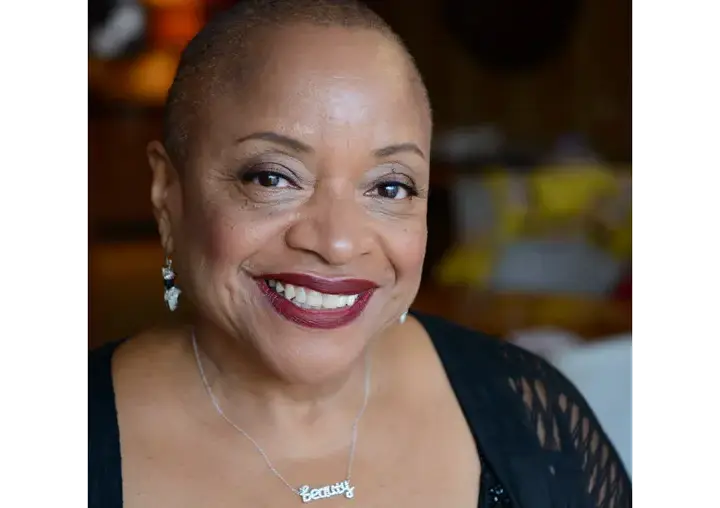
Connect with Deborah
Her story doesn't end here.
Continue the journey with Deborah Willis on social media:
Instagram: @debwillisphoto
Website: www.debwillisphoto.com
